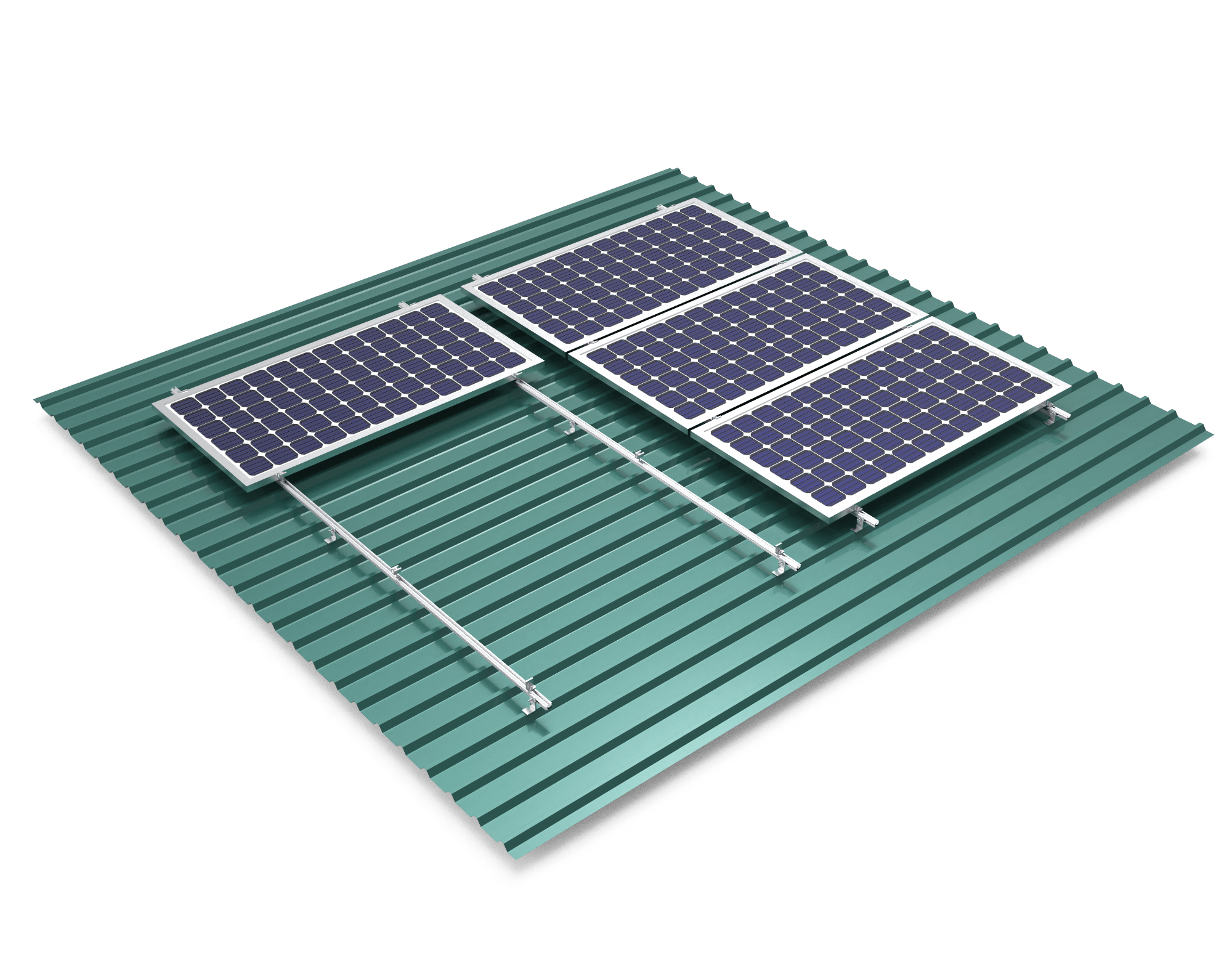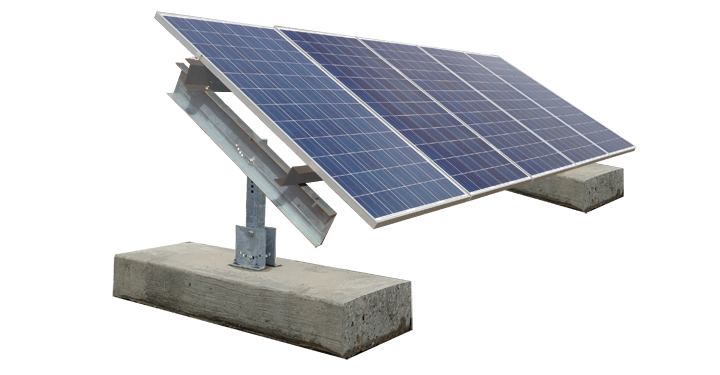
I. Roof Requirements for Installing Solar Roof Mounts
Installing solar panels on your roof requires ensuring your roof’s direction, sun exposure, condition, and expected lifespan will support a successful solar array installation. Meeting key roof requirements will allow your solar roof mount system to maximize energy production over the 30+ year system life.
A. Roof Direction and Sunlight Exposure
Optimizing roof direction and sunlight access is crucial for solar. Some key considerations include:
- The roof should face southwards to maximize exposure. Southern roof orientations are best, while east/west may work depending on panels and location.
- Trackers may help capture more energy if limited by non-southward roof directions.
- The roof should get full sun for at least 5 hours per day year-round.
- Nearby trees, buildings, or other structures should not heavily shade the solar roof space.
Some Guidelines for Hours of Direct Sunlight
| Roof Direction | Good Solar Exposure | Marginal Solar Exposure |
| South | 6-8 hours | 4-6 hours |
| East/West | 5-6 hours | 3-5 hours |
B. Roof Condition and Lifespan
The roof must also meet durability and lifespan needs:
- Roof condition should be assessed before installing solar. Look for:
- No major damage, leaks, or structural issues
- No more than two layers of roofing
- At least 10 years of expected lifespan remaining
- If roof condition is inadequate, replace or repair prior to or alongside solar install.
- Roof must withstand 30+ years to match expected solar panel system lifespan.
- Additional roof supports may be added depending on climate factors like snow.
Professional installers conduct thorough roof inspections and advise if repairs or reinforcements are recommended before mounting racks and panels. Solar arrays can place significant weight loads on roofs.
Following proper procedures for durable roofing and structural enhancements ensures your home can support solar over the long term. This allows you to maximize return on investment through decades of ongoing solar energy harvesting.
II. Types of Roofs Best Suited for Solar Mounts
Many common roof types can support solar panels, including:
- Asphalt – The most popular residential roofing. Durable and low maintenance.
- Metal – Long lasting. Galvanized steel and aluminum are common.
- Tile – Beautiful option made from terracotta or concrete. Handles weather well.
- Slate – Traditional natural stone roofing with longevity. More expensive.
- Gravel built-up roofs – Common flat commercial roofing using gravel for reflectivity.
The best roof type depends on your home’s specific:
- Building size, height, and layout
- Climate and weather conditions
- Location’s seismic activity
- Aesthetics and budget
An experienced solar installer will evaluate the above situation and structural factors during a site survey. This informs the customized system design and installation plan for your roof.
Both sloped and flat roofs can integrate solar successfully. Ballasted footing systems are often used on commercial flat roofs since they don’t penetrate the roof membrane.
Solar shingles that embed panels directly into your roof are also an option. While more expensive, they provide a sleek, integrated appearance.
Overall, a reputable solar provider can customize the solar setup for nearly any residential or commercial roof type.
III. Ballasted vs. Penetrating Solar Roof Mount Types

There are two main solar roof mount system types – ballasted and penetrating:
Ballasted Mounts
- Placed on top of the roof without penetrations
- Held in place by heavy weighted bases as ballast
- Well-suited for flat commercial roofs
- Pros:
- Don’t damage roof membrane
- Easier installation
- Can be moved and reconfigured
- Cons:
- More prone to wind or storm disruption
- Generally require larger roof space
Penetrating Mounts
- Attached directly into the roof using lag bolts
- Provides very secure attachment
- Allows for steeper angle/tilt for sloped roofs
- Pros:
- Maximum stability and wind/seismic resilience
- Enable roof tilt for better sun exposure
- Cons:
- Risk leakage if not properly sealed
- May void roofing warranties
Professional installers evaluate factors like roof type, weather, seismic issues, and snow load to recommend the optimal mounting system. Hybrid approaches are also possible using some ballast along with penetrating mount points.
The right solar mounting method helps ensure safety, stability, and maximized solar panel efficiency over decades of operation.
IV. Amount of Roof Space Needed for Residential Solar Panels
A common question homeowners have is how much roof area a solar panel system requires. For a typical residential home, the average system size is:
- 400-700 square feet – This usually allows meeting 60-100% of the household’s electricity usage, depending on energy efficiency and family size.
- Within that range, considerations for solar array size include:
- Percentage of electric bill offset desired
- Available south-facing roof square footage
- Panel output and efficiency ratings
- Electricity usage amounts and patterns
- Budget
- Aesthetic preferences
If limited by insufficient rooftop space, you still have options:
- Smaller
- to offset a portion of usage
- Ground-mounted panels in the yard
- Panels split across available roof sections
- Solar shingles embedded seamlessly into roof
- Offsite or community solar program subscriptions
For specific homes, an even larger or smaller customized system may be recommended by your solar installer:
- Large luxury homes may install 1000+ square foot arrays
- Special projects like garages or pool houses could use 50-200 square feet
Factor in your own goals and talk to an installer about tailoring the optimal solar system size for your residential roof.
V. Hiring an Experienced, Licensed Solar Installation Company
The key to a successful, problem-free solar array installation is hiring a qualified solar provider. Be sure to verify any potential installers:
- Have all required licenses for solar and electrical work in your state
- Carry general liability insurance plus workers’ compensation
- Have certified installers on staff
- Are registered with the Better Business Bureau
- Have been operating for 5+ years
- Can provide multiple local customer references
For roof-mounted solar, prior roofing experience is highly recommended to safeguard your home’s integrity. Seek out installers with expertise in:
- Inspecting roof structural soundness
- Assessing roof lifespan compatibility with 30-year solar life cycles
- Mounting racking systems securely on sloped and flat roof structures
- Sealing penetrations properly during mounting to avoid leakage
- Working carefully around vents, skylights and other rooftop elements
Choose a reputable local solar company dedicated to:
- Providing customized site evaluations and solar system design
- Clearly explaining mounting methods, panel options, and installation steps
- Minimizing interference and damage to your roof
- Installing solar properly to meet your energy needs and maximize ROI
Taking care to vet and hire the best solar provider protects your investment and ensures your roof-mounted solar system performs safely for decades.
